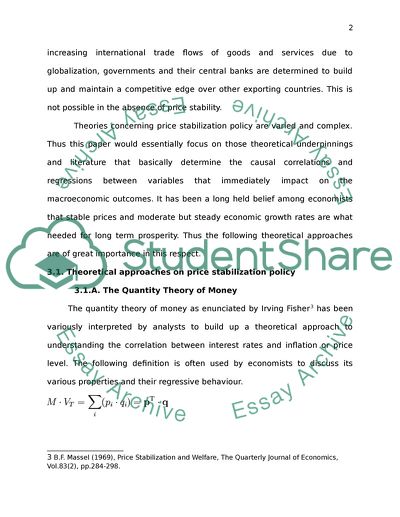Cite this document
(Price Stabilization Policy in a Modern Economy with Reference to the Literature review, n.d.)
Price Stabilization Policy in a Modern Economy with Reference to the Literature review. Retrieved from https://studentshare.org/macro-microeconomics/1720166-to-be-discussed-subject-area-is-economics-and-finance
Price Stabilization Policy in a Modern Economy with Reference to the Literature review. Retrieved from https://studentshare.org/macro-microeconomics/1720166-to-be-discussed-subject-area-is-economics-and-finance
(Price Stabilization Policy in a Modern Economy With Reference to the Literature Review)
Price Stabilization Policy in a Modern Economy With Reference to the Literature Review. https://studentshare.org/macro-microeconomics/1720166-to-be-discussed-subject-area-is-economics-and-finance.
Price Stabilization Policy in a Modern Economy With Reference to the Literature Review. https://studentshare.org/macro-microeconomics/1720166-to-be-discussed-subject-area-is-economics-and-finance.
“Price Stabilization Policy in a Modern Economy With Reference to the Literature Review”, n.d. https://studentshare.org/macro-microeconomics/1720166-to-be-discussed-subject-area-is-economics-and-finance.


